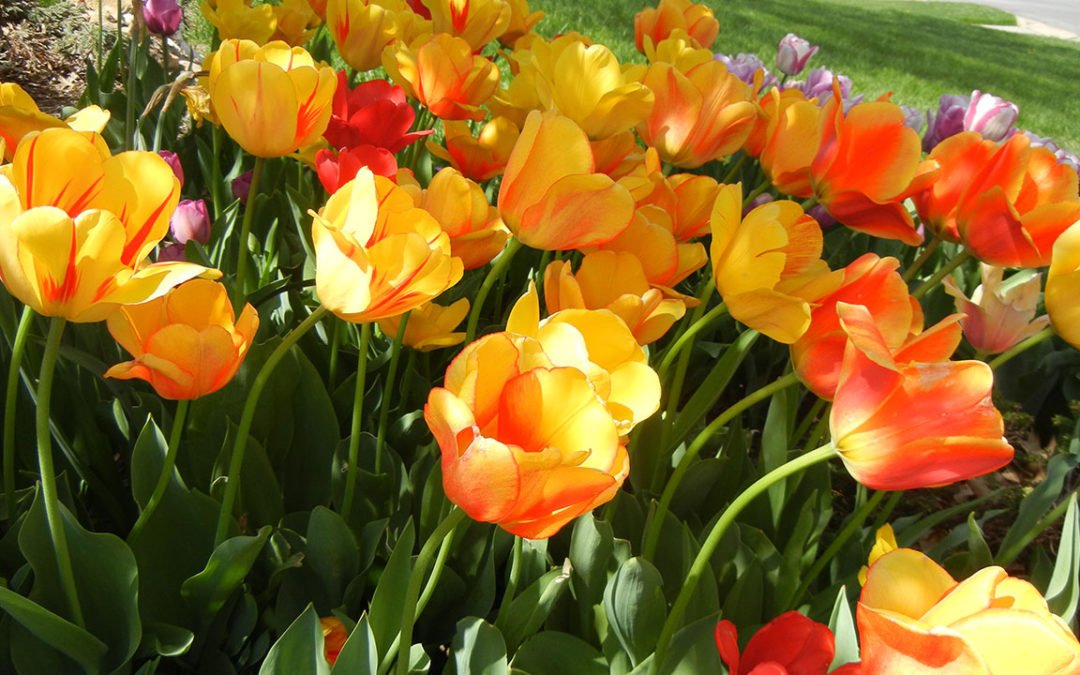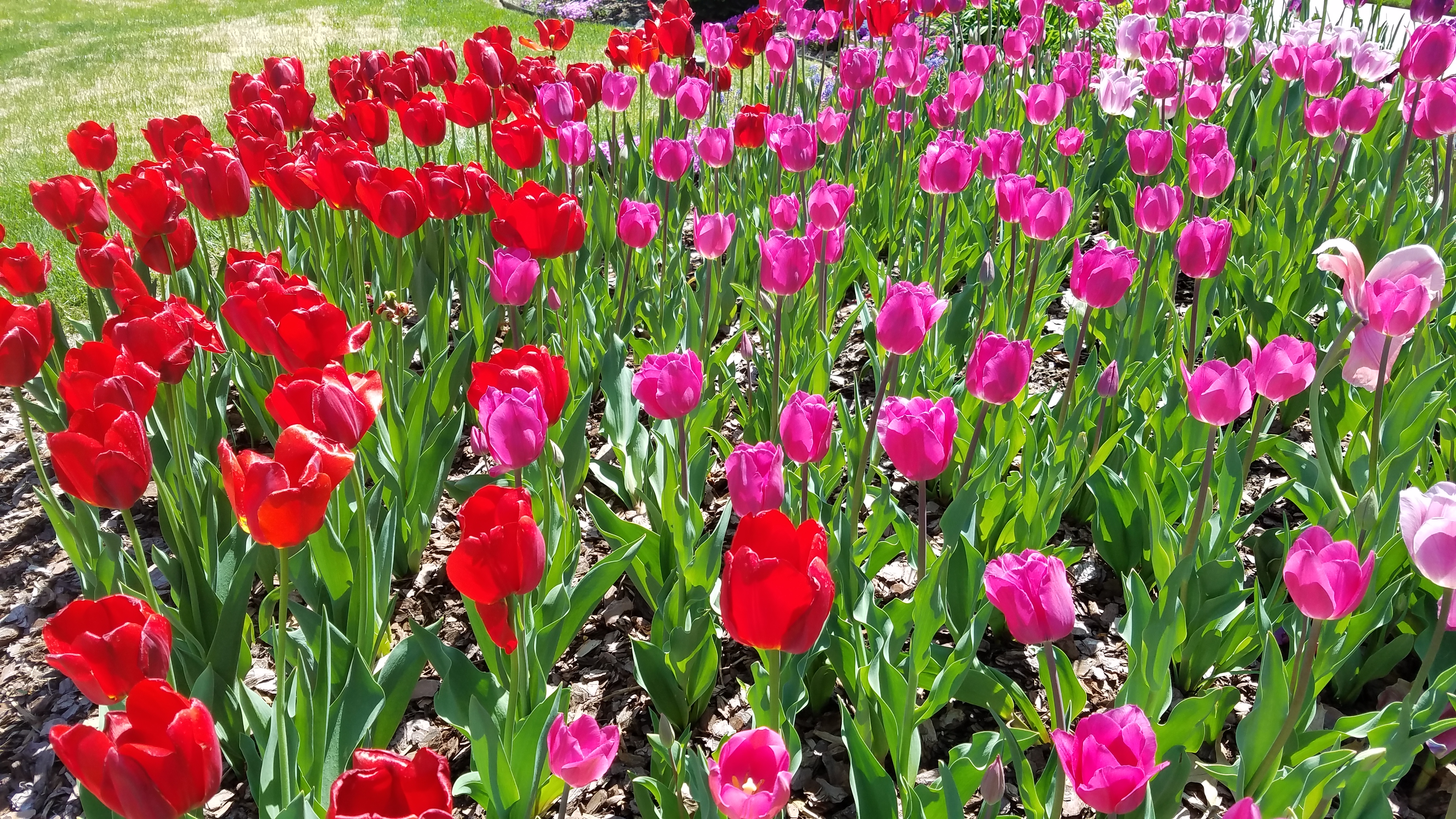Buying Spring Bulbs
When: At the Grass Pad we begin to stock our spring-flowering bulbs around the first of September, and we’d suggest buying them as soon as they become available. This will allow you to store them in ideal conditions in a cool, dark, dry place with good air circulation until it’s time to plant.
Location: Not all bulbs are alike when it comes to growing conditions and appearance. When choosing bulbs, keep the planting site in mind. Today’s selection of bulb extends far beyond your standard daffodils, hyacinth, iris, lily and tulips. Crocus, alliums, snowdrops and scilla have all seen an increase in popularity in the last few years.
Size: Bulbs are graded by the grower based on their diameter, so you’ll likely get the best performance from the ones that are large for their type. Since bulb size may differ by variety, be sure you’re only comparing a bulb against others of the same variety.
Condition: Don’t worry if the bulb’s papery skin is a bit ripped; that won’t affect its performance. However, do avoid bulbs with deep cuts, bruises or soft spots, as these injuries provide an invitation for disease. Likewise, try to avoid ones with significant signs of mold or rot.
Where to Plant Spring Bulbs
Bulbs can be planted in borders, perennial gardens, rock gardens, woodland settings, natural lawns and even in patio containers. Wherever you choose to plant them, you’ll want to remember that most bulbs prefer well-drained soil and full sun. Avoid areas and containers where water tends to puddle. In addition, bulbs need warmth and light to trigger their spring growth.
While many people enjoy the natural look of planting bulbs in their lawns, it’s crucial that you choose spots that won’t need mowing during the early spring. Once the flowers have faded, you’ll need to allow the foliage to continue to grow for up to six weeks before it dies back; this ensures a strong return the following spring.
When to Plant Spring Blooming Bulbs
Plant bulbs before the ground freezes in the fall. They’ll do best if they have some time to establish roots before any extreme cold weather arrives, which means mid-October through November. It’s always best to come and pick out your bulbs in September or October to ensure that you get the best variety to choose from.
How to Plant Spring Blooming Bulbs
Bulb-planting tools are great for planting bulbs one at a time, but if clumps and mass plantings are part of the plan, then a trowel or shovel allows for digging trenches or large holes. Bulb planting is easiest if you dig one large hole rather than numerous small ones.
Creative planting will yield eye-catching results in the spring. Consider curving trenches, planting bulbs in layers, mixing bold colors such as red and yellow tulips, or planting different bulbs in mixed clumps. Pay close attention to the depth requirements of different bulbs. A rule of thumb is to plant four times deeper than the bulb diameter.
Once planted, give bulbs a thorough watering since bulbs are often 6 inches or deeper. A deep watering ensures they actually get the moisture. If the fall season turns out to be particularly dry, you may need to provide additional watering so the soil doesn’t dry out before it freezes. Adding 2 inches of mulch over the soils will help retain moisture and moderate soil temperatures.
Uncle’s Tip – Which End Is Up?
Plant with the pointed end towards the surface. Often you’ll have a flat bottom and roots to help you out. A few bulbs make it difficult to tell top from bottom, if all else fails, you can plant the bulb sideways and you’ll still get normal growth.
Troubleshooting Spring Bulbs
Deer and rodents can provide challenging growing conditions. Look for bulbs that don’t attract the pest you’re having trouble with. For example, while deer love tulips, they aren’t likely to eat daffodils. Fritillaria imperalis (skunk lilly) is known for emitting an odor that repels rodents.
If you’ve had trouble with no-show bulbs in their first year, it may be due to animals digging them up, bulb rot or bulbs planted too late or too shallow.
While first-year bulbs are known for flowering in most conditions, repeat performances may prove troublesome in shady areas or if the foliage gets removed from the plant before it yellows. But, if you follow the guidelines here, pay attention to variety requirements for the bulbs you purchase and give them the right place to grow, your spring will be blooming for sure.





